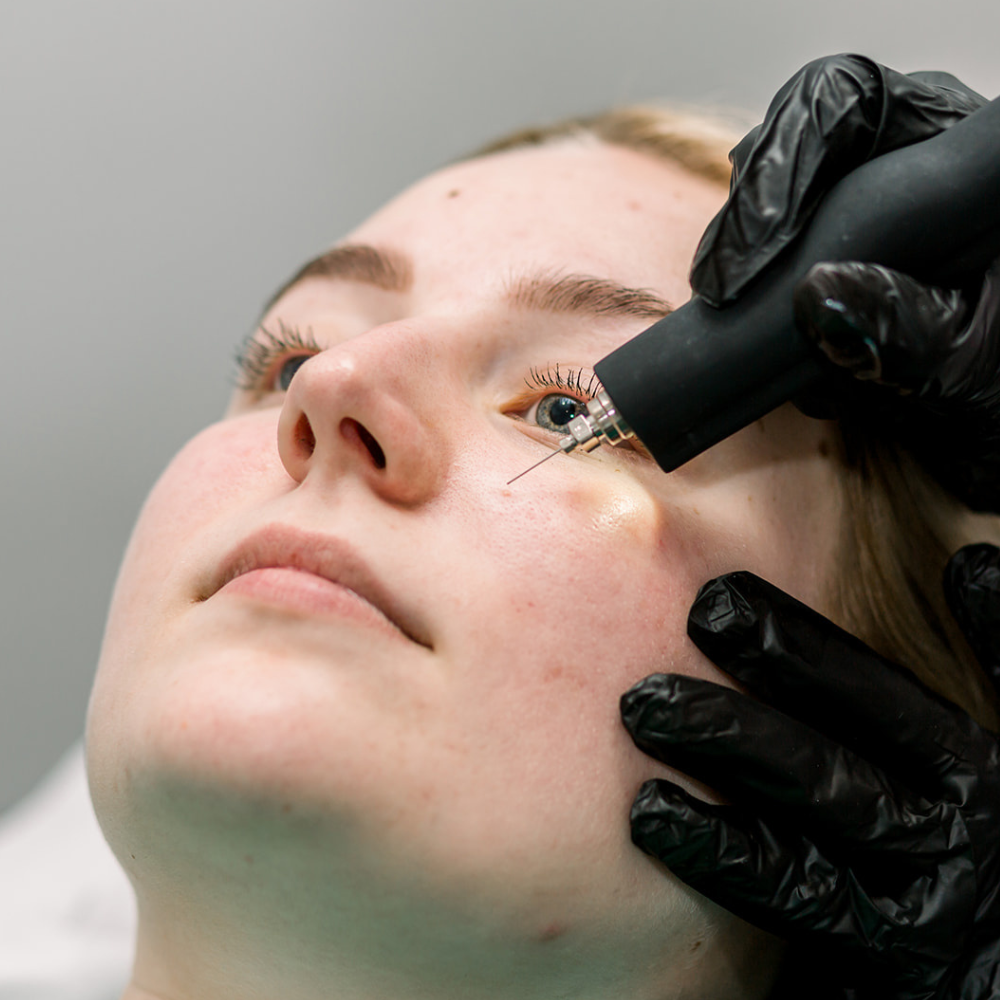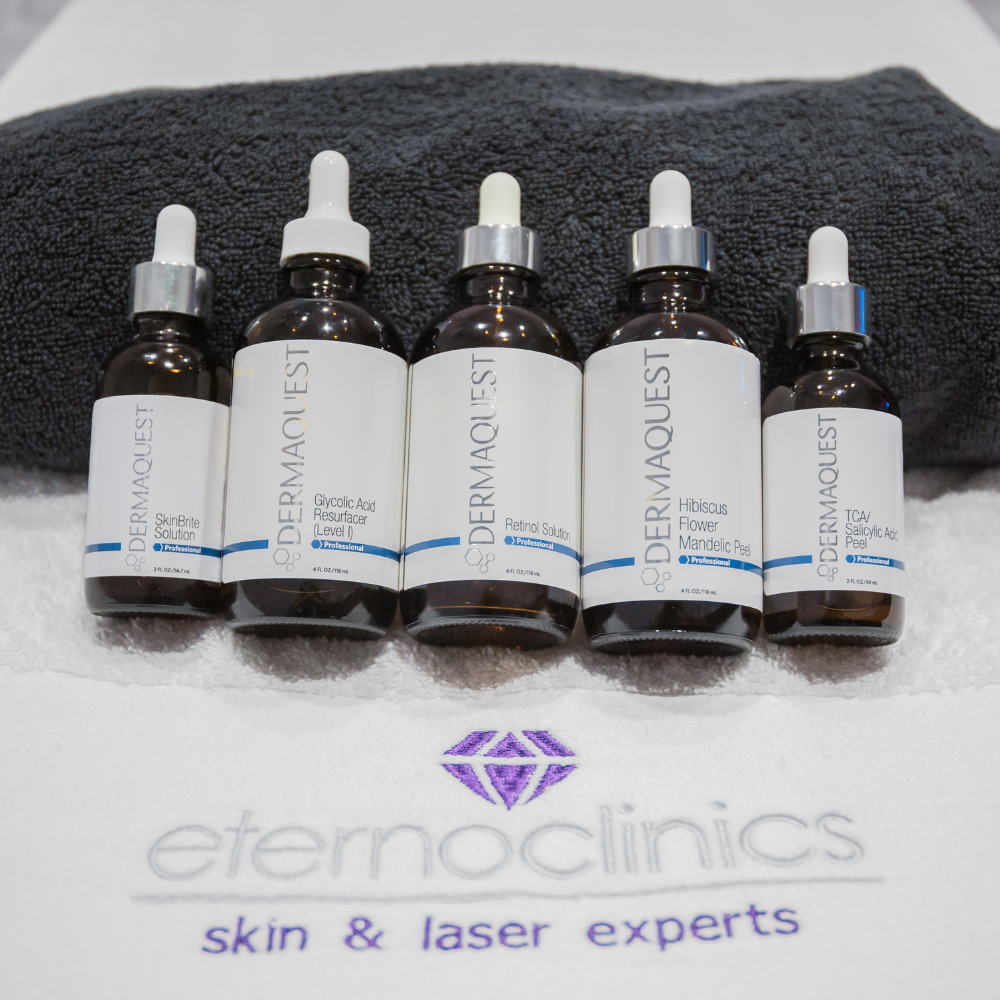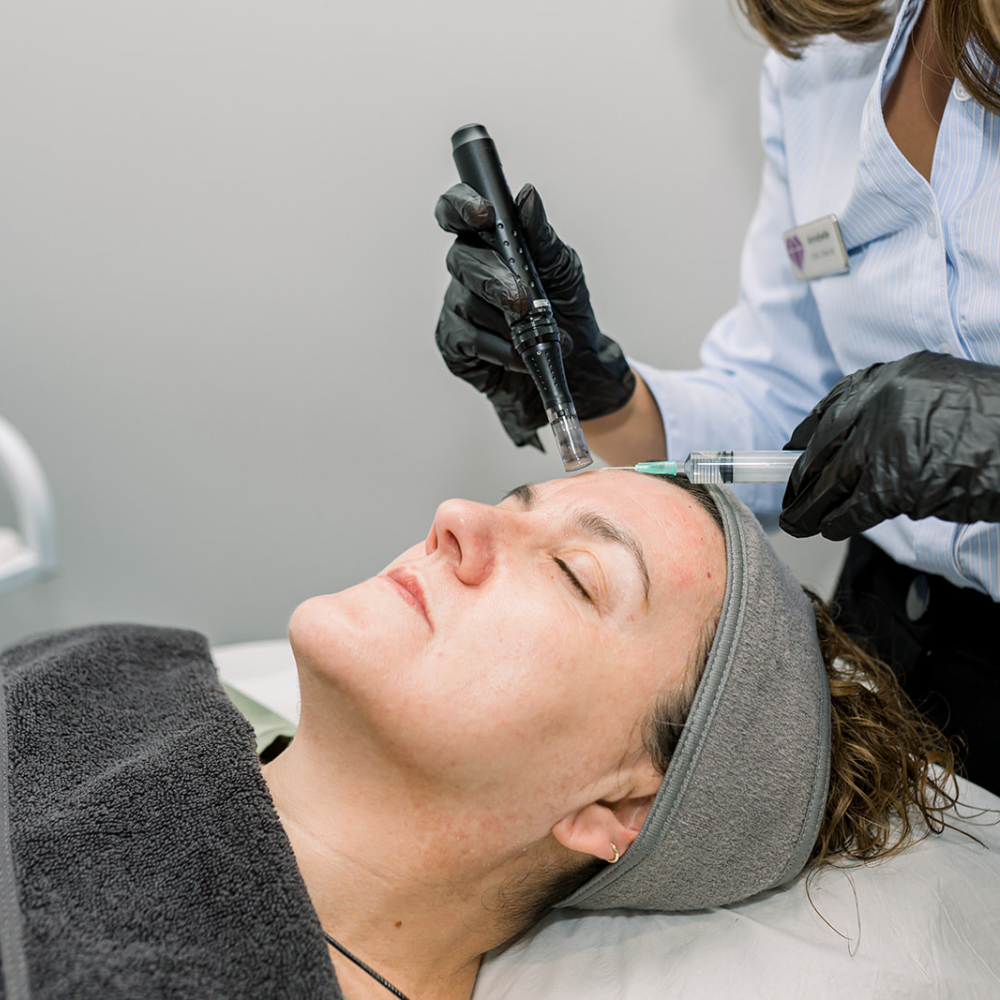Age Spots
What are age spots?
Age spots, also referred to as liver spots or solar lentigines, are a common skin condition that many individuals encounter as they age. These small, flat, brown or black spots typically appear on areas of the skin that have been exposed to the sun over an extended period. While age spots are generally harmless and do not require medical treatment, they can affect one’s appearance and lead to concerns about skin health. Understanding the causes, prevention strategies, and available treatments for age spots can help individuals manage and potentially reduce their appearance.
What causes age spots?
The primary cause of age spots is prolonged exposure to ultraviolet (UV) radiation from the sun. UV rays accelerate the production of melanin, the pigment responsible for skin colouration, leading to the formation of dark spots on the skin’s surface. Over time, repeated exposure to the sun’s rays can result in the accumulation of melanin in specific areas, manifesting as age spots.
Factors such as genetics, hormonal changes, and certain medications may contribute to the development of age spots. Individuals with fair skin, in particular, are more susceptible to developing age spots due to their reduced ability to produce melanin as a natural defense against UV damage.
Age spots signs and symptoms
Appearance: Age spots appear as small, flat, oval-shaped patches on the skin. They are usually brown or black in colour and may vary in size from a few millimetres to several centimetres.
Location: Age spots commonly appear on areas of the skin that have been exposed to the sun over time, such as the face, hands, arms, shoulders, and upper back. They may also occur on other sun-exposed areas of the body.
Texture: Age spots typically have a smooth texture and are not raised or rough to the touch. They blend into the surrounding skin and do not cause any discomfort or itching.
Number: Age spots can vary in number, ranging from a few isolated spots to numerous patches covering a larger area of the skin.
Progression: Age spots tend to develop gradually over time and may become more prominent with repeated sun exposure and ageing. They are often more noticeable in older adults but can also occur in younger individuals with significant sun exposure.
Differentiation: It’s important to distinguish age spots from other skin conditions that may resemble them, such as freckles, moles, or skin cancer. Age spots are typically benign and do not undergo changes in size, shape, or colour. However, any new or changing skin lesions should be evaluated by a dermatologist to rule out potential health concerns.
Trusted & Approved By You
FAQs
- What are age spots?
Age spots, also known as liver spots or solar lentigines, are flat, brown, or black spots that commonly appear on areas of the skin that have been exposed to the sun over a long period of time. They are typically harmless and more common in older adults.
- What causes age spots?
Age spots are primarily caused by prolonged exposure to ultraviolet (UV) radiation from the sun. UV rays accelerate the production of melanin, the pigment responsible for skin coloration, leading to the formation of dark spots on the skin’s surface. Other factors such as genetics, hormonal changes, and certain medications may also contribute to their development.
- Who is most at risk of developing age spots?
Individuals with fair skin and those who have had significant sun exposure over their lifetime are at higher risk of developing age spots. However, they can occur in people of all skin types and ages.
- Are age spots harmful?
Age spots are generally harmless and do not pose a health risk. However, it’s essential to monitor them for any changes in size, shape, or colour, as this could indicate a more serious skin condition.
- Can age spots be prevented?
While age spots are a natural consequence of ageing and sun exposure, several preventive measures can help minimise their occurrence. These include wearing sunscreen with a high SPF, seeking shade during peak sunlight hours, wearing protective clothing, and avoiding prolonged sun exposure.
- How can age spots be treated?
While age spots do not typically require medical treatment, individuals may choose to pursue cosmetic procedures to diminish their appearance. Treatment options include topical bleaching creams, laser therapy, chemical peels, and cryotherapy.
- Can age spots come back after treatment?
While treatments may help reduce the appearance of age spots, they may not prevent new ones from forming in the future, especially with continued sun exposure. Practising sun protection measures and maintaining a healthy skincare routine can help minimise the risk of recurrence.
Request A Call Back
Contact Us
"*" indicates required fields




